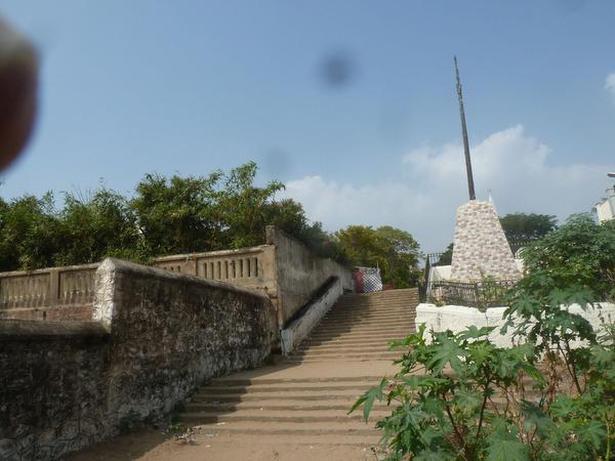OP
OP
swathi25
Guest
This article dates back to 2012
[h=1]From today, Senate House to showcase history[/h]CHENNAI: From Thursday, the historic Senate House, the first building of University of Madras, will have a permanent exhibit of photographs that highlight the contributions of the university to education in south India.
At least 320 photographs in A3-size, including 16 folios with inscriptional details of the education system in the past, have been put up in the main hall of the building. Each picture has a story to tell, beginning with a paper folio of inscriptions from ghatikas (seats of higher learning during the Pallava period) and mutts (monasteries ) as educational centres in medieval Tamil Nadu.
The exhibition is also a pictorial recollection of the people and events that contributed to the university, which is one of the oldest in India along with University of Calcutta and University of Bombay.
[h=1]The photographs have been arranged in 25 sub-divisions. Each division has at least 10 to 15 pictures with detailed captions. “We have exhibited photographs of dignitaries, Indians as well as foreign nationals, who were part of the institution and education in the city as a whole. We have also included the old buildings, particularly schools that were later converted into colleges. Presidency College, Government Arts College and Madura College are the best examples,” says P D Balaji, head of the department of ancient history and archeology, whose team took almost a year to collect the photographs from various sources.[/h][h=1]Read more at: https://timesofindia.indiatimes.com...-to-showcase-history/articleshow/12001103.cms[/h]
[h=1]From today, Senate House to showcase history[/h]CHENNAI: From Thursday, the historic Senate House, the first building of University of Madras, will have a permanent exhibit of photographs that highlight the contributions of the university to education in south India.
At least 320 photographs in A3-size, including 16 folios with inscriptional details of the education system in the past, have been put up in the main hall of the building. Each picture has a story to tell, beginning with a paper folio of inscriptions from ghatikas (seats of higher learning during the Pallava period) and mutts (monasteries ) as educational centres in medieval Tamil Nadu.
The exhibition is also a pictorial recollection of the people and events that contributed to the university, which is one of the oldest in India along with University of Calcutta and University of Bombay.
[h=1]The photographs have been arranged in 25 sub-divisions. Each division has at least 10 to 15 pictures with detailed captions. “We have exhibited photographs of dignitaries, Indians as well as foreign nationals, who were part of the institution and education in the city as a whole. We have also included the old buildings, particularly schools that were later converted into colleges. Presidency College, Government Arts College and Madura College are the best examples,” says P D Balaji, head of the department of ancient history and archeology, whose team took almost a year to collect the photographs from various sources.[/h][h=1]Read more at: https://timesofindia.indiatimes.com...-to-showcase-history/articleshow/12001103.cms[/h]





